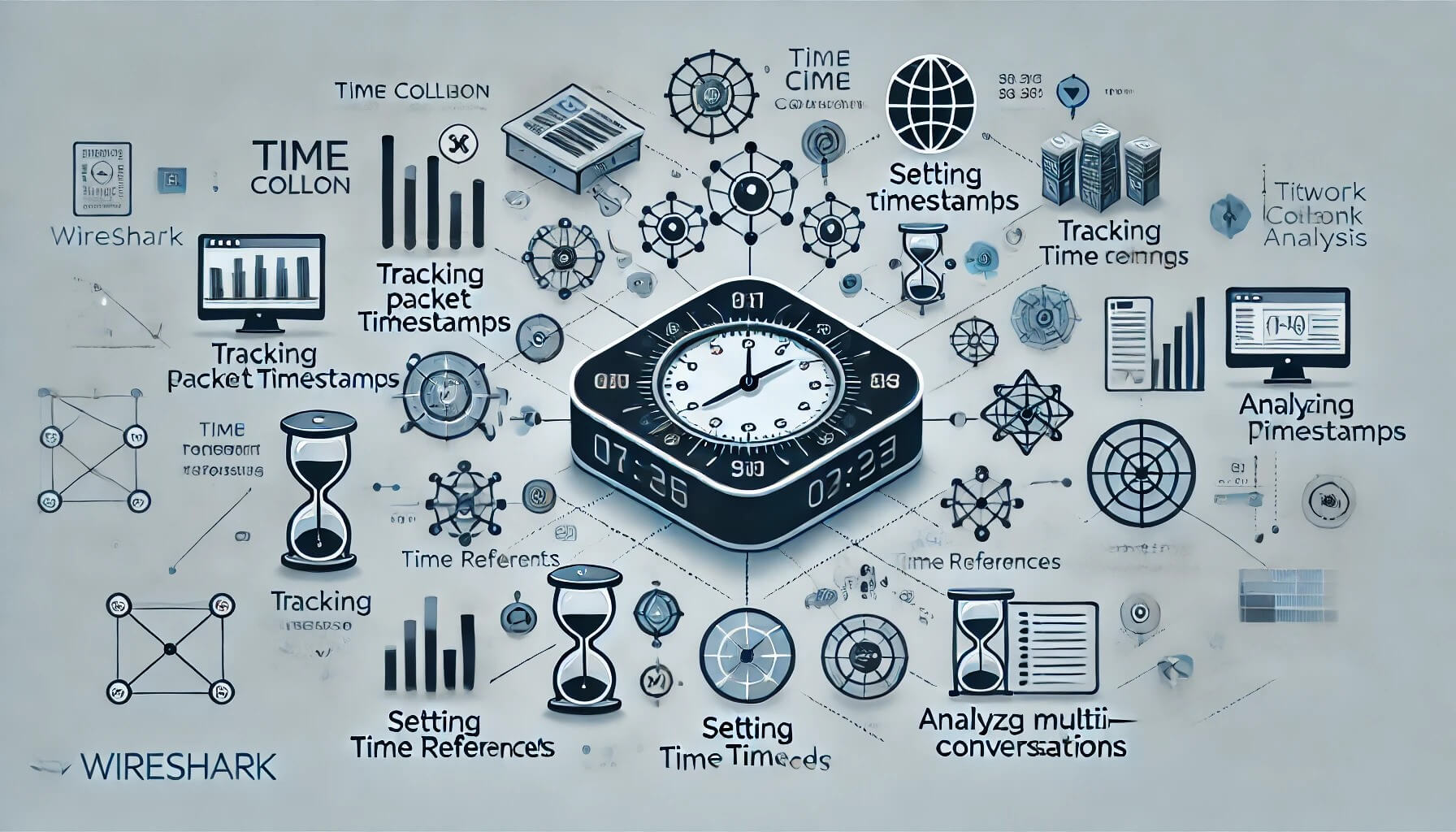In the realm of network analysis and cybersecurity, Wireshark stands tall as a vital tool for dissecting the complexities of packet-level data. Among its myriad features, the time column in Wireshark serves as a beacon, illuminating the chronological landscape of network traffic with precision and clarity. This article embarks on a journey to unravel the power of Wireshark’s time column, offering insights and techniques that transform raw data into actionable intelligence.
Unveiling the Time Column’s Power
At its core, the time column in Wireshark acts as a meticulous timekeeper, tracking the elapsed moments since the commencement of a packet capture session. From the very first packet onward, this column stitches together a narrative thread that connects each network event in sequence. Understanding its nuances unlocks the ability to reconstruct timelines, pinpoint anomalies, and discern patterns that would otherwise evade detection.
Tailoring Time to Fit Your Needs
Flexibility is paramount in network analysis, and Wireshark’s time display format offers a spectrum of choices to suit diverse analytical requirements. Whether opting for the familiar cadence of local time, the universal consistency of UTC, or the exacting precision of seconds since capture inception, analysts wield a tool finely tuned to their investigative needs. Mastery of these settings transforms timestamps into actionable insights, bridging the gap between network traffic and real-world events.

Navigating the Seas of Packet Timing
Effective packet timing analysis transcends mere observation—it demands strategic marking and measurement. Within Wireshark, time references provide a crucial tool: a single click designates a packet as a benchmark against which subsequent intervals are measured. This feature isn’t just about time; it’s about context, enabling analysts to gauge response times, diagnose delays, and synchronize network events with external occurrences. It’s a precision instrument for digital archaeologists excavating the timelines of network transmissions.
Deciphering the Symphony of Multi-threaded Conversations
Traditional timekeeping methods fall short amid concurrent TCP conversations. Wireshark’s “Time Since Previous Frame” column assumes the role of a maestro, orchestrating a harmonious portrayal of timing within each threaded dialogue. By delineating intervals between packets within the same conversation, analysts gain clarity on latency issues, performance bottlenecks, and the intricate dance of data across complex network landscapes. This insight extends from web browsers to server-client interactions, revealing actionable responses with each note of the digital symphony.
Practical Applications: From Analysis to Action
Theory meets practice in the crucible of network analysis, where data transforms into decisions. Armed with insights from Wireshark’s time column, analysts sift through delays, troubleshoot server-side anomalies, and pave the way to optimized network performance. Tips abound on leveraging UTC for global coherence, deciphering anomalies within timestamps, and preparing trace files for thorough cross-continental scrutiny. Each insight becomes a tool, each scenario a puzzle awaiting resolution—a testament to the power of precision in network forensics.

Conclusion: Mastering the Art of Temporal Insight
Mastering Wireshark’s time column isn’t just about technical proficiency—it’s a journey into the heart of network dynamics. This article has unveiled the secrets of timekeeping in network analysis, empowering analysts to interpret, troubleshoot, and optimize network behavior effectively. As network complexities evolve, so must the tools we deploy—Wireshark’s time column remains an indispensable compass, guiding analysts through the labyrinth of network traffic with clarity, precision, and foresight.









